Regeneration trajectory | Good, bad, ugly | Fallacious arguments | Confusion to clarity | Changing markets and mindsets | Camira Fabrics | Naked Innovations
As we approach the end of the first quarter of 2021, I hope you feel you’re making good progress on this year’s goals… For me, some big themes are emerging, that I’m keen to dig into. In the last few issues of Insights, I’ve talked about the need for a transformation in thinking, and the importance of setting strategies for regeneration, not just ‘sustainability’. We’re probably already ‘on the same page’ here – knowing that our human race has already gone too far in the wrong direction (on climate, pollution, waste, resource usage and harm to the natural systems we depend on), so ‘sustaining’ our current approaches won’t turn things around.
Firstly, thanks to Alexandre Lemille (who Peter knows well from their co-founding roles at the African Circular Economy Network). Alexandre’s post on LinkedIn, referring to the Trajectory of Environmentally Responsible Design by Bill Reed, reminded me of a slide I’ve used in lots of presentations, inspired by one of Ken Webster’s talks for the Ellen MacArthur foundation. Ken built on the work of Bill Reed (Regenesis) and William McDonough (Cradle to Cradle), creating a slide to show a series of progressions from ‘business as usual’ (within the law), through ‘Green’ (less bad), Sustainable (100% less bad), to Restorative and finally to a Regenerative Economy. Bill Reed’s original diagram showed similar progressions, highlighting that the ‘degenerative’ approaches (including ‘green’, with a relative improvement to ‘business as usual’) all consumed more energy than the ‘regenerative’ approaches.
Bill Reed’s original (2007) article and his diagram is open-access here: https://doi.org/10.1080/09613210701475753
In my comments on Alex’s post, I said I felt that the circular economy is being watered down, with so many ‘headline-grabbing’ initiatives that are just a tiny bit ‘less bad’? Focusing on how new systems, products and materials actually help regenerate resources, living systems and communities could provide a clearer path forward and encourage people (and business and policymakers) to ‘do more good’.
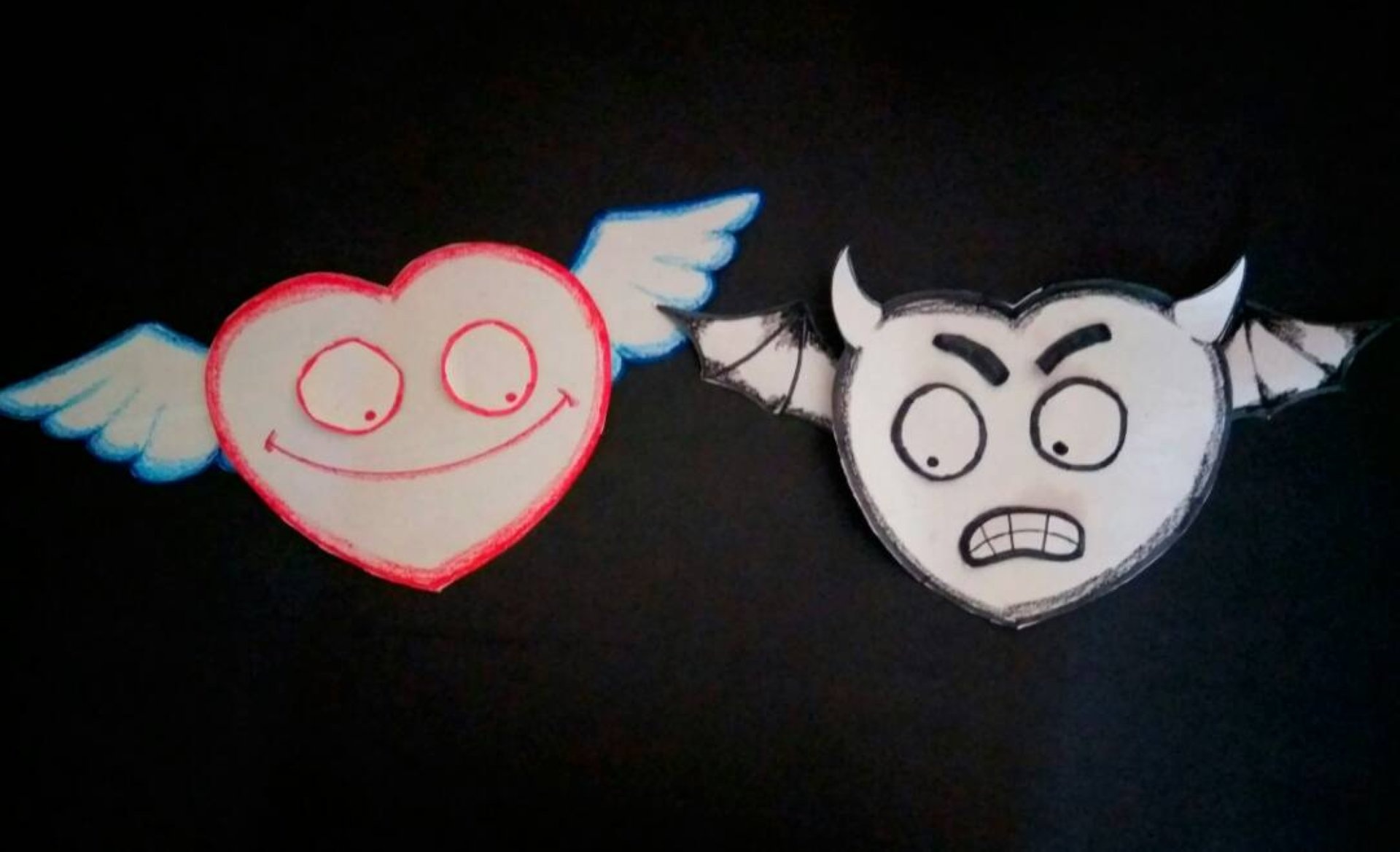
From good, to less bad, to ugly!
Following up on this, in my latest blog, Plastics – the good, the (less) bad and the ugly, I highlight recent examples of plastic circular economy initiatives, illustrating some from various points along that ‘degenerative to regenerative’ scale. My aim was to illustrate the ‘big picture’ for circular and sustainability ideas, so you can think about how to maximise positive impact and avoid unforeseen consequences (and reputational risk!).
Fallacious arguments
A while ago, I recommended the BBC podcast series, How they Made Us Doubt Everything. It explains how the tobacco industry cleverly used disinformation, trusted commentators and fallacious arguments to undermine the case for smoking causing cancer, and how the oil industry adopted similar tactics to lobby against the science that fossil fuel is a major cause of climate change.
The programme highlighted other industries – big food, pharma and others – using the same playbook. I’ve noticed quite a few people on LinkedIn (with ‘plastics’ in their tagline) jumping in to criticise posts that suggest we should be reducing plastic use, taxing it, and even criticising companies that replace plastics with alternative materials. One of the common refrains is along the lines of ‘plastics don’t create litter, people do’. This short blog from the Plastic Soup Foundation listing a few examples of that strategy, with the intended effect that attention is deflected away from the companies themselves. And this article from Environmental Defence Canada, part of its ‘plastic myth-busting series’ goes further, with suggested government actions to reduce the impact of plastics. As they say – “plastic pollution is not your fault and you certainly can’t solve it alone”.
Confusion to clarity
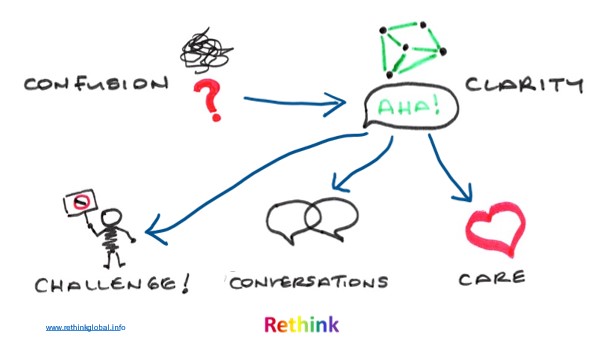
In my recent ‘live’ for Seeds for Sustainability, I talked about the need to first understand the problem we’re facing. We can’t be knowledgeable about everything, so why not start with something you’re curious about, or already interested in. Understanding more about it (and making sure you read up on all sides of the argument to avoid confirmation bias), helps you get clear on the problem and potential solutions. Knowing the subject (and being careful about the ‘facts’ and the propaganda) often means that you care about what’s going wrong, and what you can do to help solve it. This gives you confidence to get into conversations – at work, with friends and family – and find out what other people think. It can also inspire you to challenge those that can make a big difference – the company itself, the shareholders, governments and so on. The graphic above is the one I used to help explain that…
The read – changing markets and mindsets
Thanks to Bel Jacobs FRSA for her post on LinkedIn, sharing this report on ‘Fossil Fashion’ from Changing Markets. Bel highlighted a scary quote: “It is estimated that plastics will continue to make the majority of future oil demand growth. For example, BP’s energy scenario presumes 95% of future growth in oil demand will come from plastic production.”
As we’re all painfully aware, our economy is fossil-powered. Not just through the energy from fossil fuels, but from production of plastic products, plastic packaging and petrochemical products. UNEP reports that “the extraction and processing of materials, fuels and food make up about half of total global greenhouse gas emissions, and more than 90 % of biodiversity loss and water stress”.
Plastic production and waste is already a major headache for many governments. Companies create multiple different types of plastic, with no regulations to stipulate whether it should be recyclable. Many low-income countries lack the expensive infrastructure to collect and recycle most types of plastics. Even in countries with more mature recycling system, it is difficult to collect, clean and sort plastics to create an efficient, effective recycling solution. It’s worrying to learn that major oil companies see plastics, for packaging, products and textile fibres, as a way to keep us dependent on fossil products, so they can keep profiting from oil and gas reserves.
PS I noticed that Paul Gilding is one of the founders of campaign organisation Changing Markets. Paul wrote one of the first books I read about sustainability and solutions – The Great Disruption – which inspired me back in 2011 to stick my head above the parapet and call out the scale of the problems.
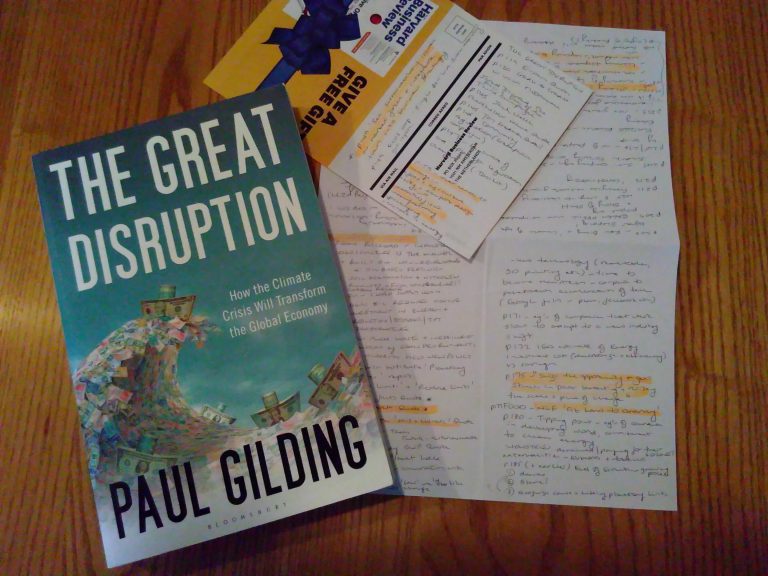
Circular Economy Podcast – latest episodes
In the last letter, I mentioned that we’ve created a Circular Economy Podcast index page with an interactive spreadsheet, so help you sort, filter and search for relevant episodes. However, we changed the page URL and forgot to update the links in the last newsletter… Sorry about that! The link in this paragraph is correct…
We’ve also created a podcast episode email to deliver the shownotes with links and the transcript straight to your inbox on Monday morning. To receive these, please update your preferences and check the ‘Podcast Episodes’ box.
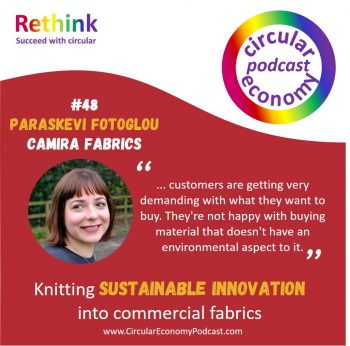
Episode 48 – Paraskevi Fotoglou Of Camira Fabrics
Paraskevi Fotoglou is Sustainability Engineer at Camira Fabrics, a UK textile manufacturing company for task and soft seating. Paraskevi’s expertise is in circular economy projects and innovative design ideas. She is exploring new sustainability paths and enhancing circular initiatives with the design, innovation and manufacturing teams across the business. At Camira, Paraskevi has developed a broad knowledge of environmental accreditation, VOC emissions, the use of chemical substances used within each stage of fabric manufacture, and the incorporation of sustainable fibres. We talk about some of the sustainable fabric developments, ‘Technical Knitting’, how Camira is developing Environmental Product Profiles, and why sustainability isn’t enough to engage customers and build a successful business.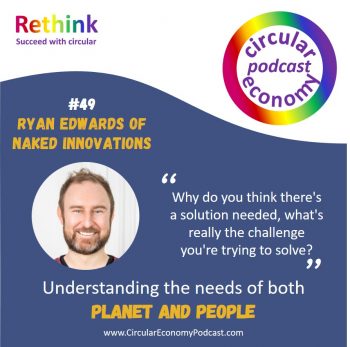
Episode 49 Ryan Edwards of Naked Innovations
Ryan describes Naked Innovations as an eclectic mix of entrepreneurial “co-creators, fresh-thinkers, disruptors, shakers and provocateurs” that create and connect agrifood ecosystems to re-align the planet, business and people.
Ryan is passionate about transforming and innovating the agrifood industry by developing successful businesses, communities and teams. His background includes over 15 years international leadership experience at Cargill as European Marketing & Innovation Leader and as Managing Director of allfoodexperts.
Ryan explains how Naked Innovations combines human-centred design and circular design to work on solutions that understand the needs of people and our planet.
We’re happy to help with your circular projects – just hit reply!

We help entrepreneurs, companies and business leaders discover and use the circular economy – to build profitable, resilient, sustainable and successful businesses. We believe in a circular economy that is fair, transparent and inclusive, to create a better world for everyone.